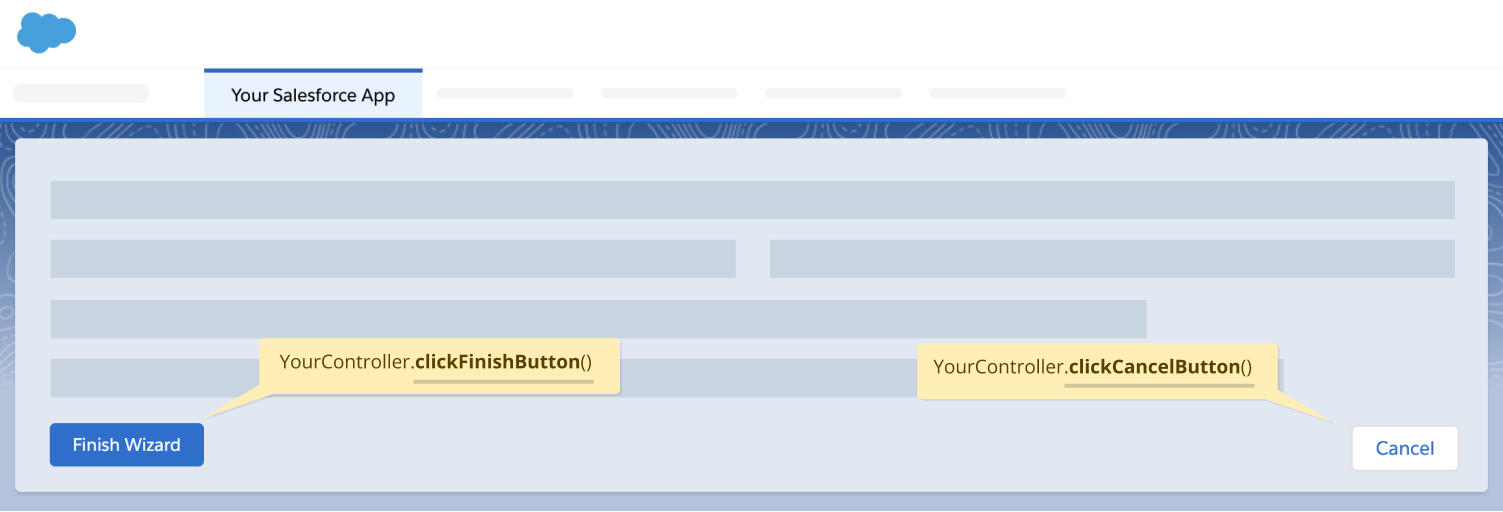Feature Update: Analyze Apex Executions
ISVapp Feature Management is the place where you can easily combine components from your managed package into meaningful features. Until now, you were able to pick from Custom Objects, Lightning Components as well as Lightning and Visualforce Pages. As of this month, Apex Executions join the list.

ISVapp automatically detects Apex Executions, originating from several entry points of your managed package. You may use these to further refine your features and understand precisely how the users of your product behave.
What are common use cases for Apex Executions?
Among the most obvious use cases are events that you cannot track otherwise via custom object or page operations, for example:
Tracking a click on a critical user interface component
Tracking Lightning and Visualforce controller actions
Tracking trigger invocations, on both custom and standard Salesforce objects
Tracking packaged Flow invocations
Tracking Apex Executions that were invoked via the Salesforce REST API
Consider the following simplified user interface example:

Both buttons trigger an Apex method in their controller. In order to understand how often your users click one of those buttons, you can now simply add clickFinishButton() and clickCancelButton() within the ISVapp feature manager.
You can use empty Apex methods for tracking
Apex methods don't need to execute any actual code in order to be tracked. In order to track certain user interactions, you may simply invoke an empty Apex method, and it will appear as an Apex Execution in ISVapp.
Where can I find the new functionality?
Apex executions can be found within the create/edit screen of the ISVapp Feature Manager under Setup > Feature Management. Simply create a new or edit an existing feature and find the Apex Executions section at the bottom of the page.